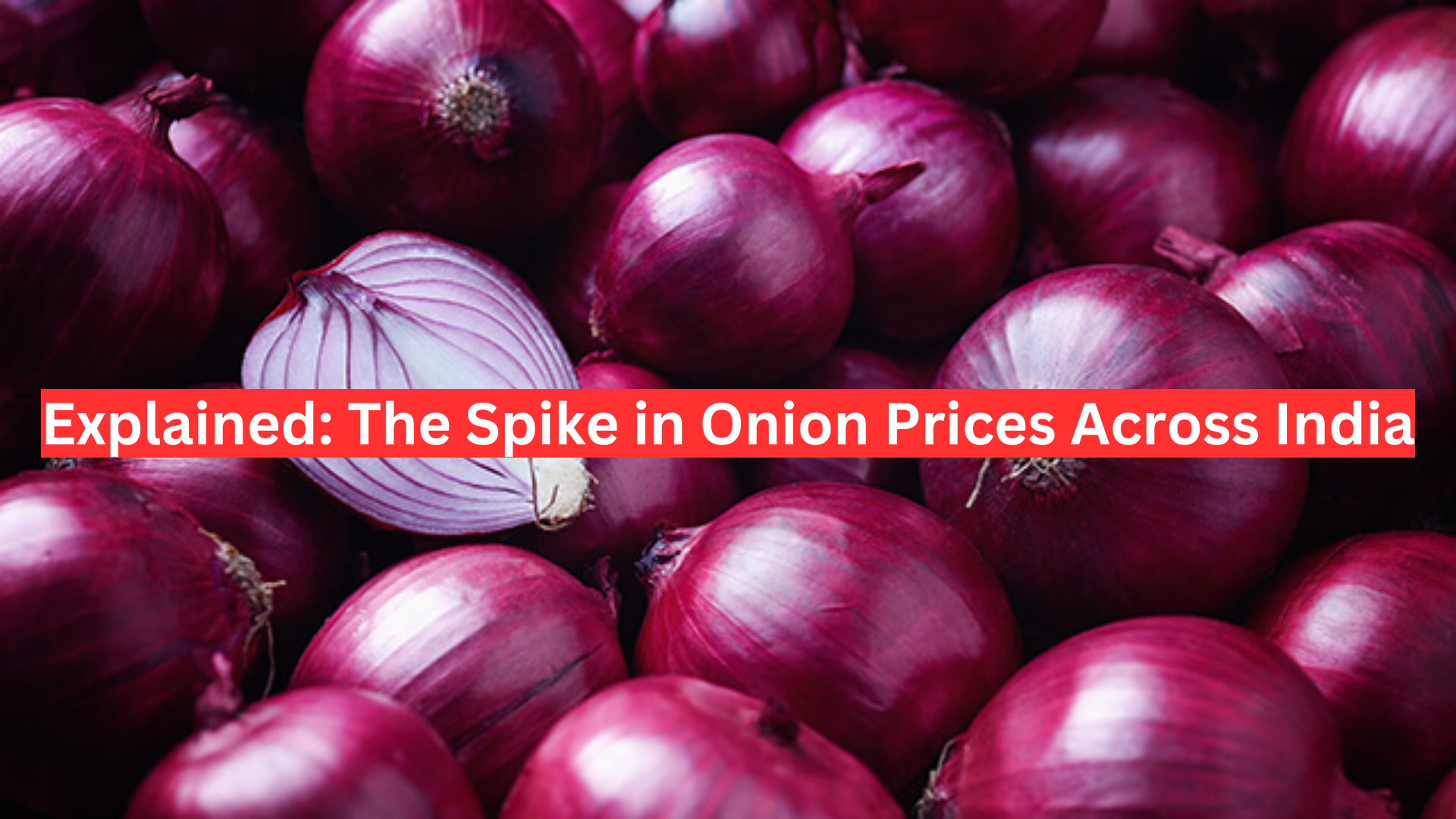The Union Government has taken a significant step towards modernizing the horticulture sector in India by adding four innovative components—Hydroponics, Aquaponics, Vertical Farming, and Precision Agriculture—under the Mission for Integrated Development of Horticulture (MIDH). This initiative aims to promote sustainable agricultural practices and improve crop yields across the country.
About the Mission for Integrated Development of Horticulture (MIDH)
Launched in 2014-15, MIDH is a Central Sponsored Scheme (CSS) designed to foster the holistic growth of the horticulture sector. The mission focuses on promoting the cultivation of various crops, including:
- Fruits
- Vegetables
- Root and tuber crops
- Mushrooms
- Spices
- Flowers
- Aromatic plants
- Coconut
- Cashew
- Cocoa
- Bamboo
In addition to promoting these crops, MIDH provides essential technical advice and administrative support to State Governments and State Horticulture Missions (SHMs), assisting in initiatives such as the Saffron Mission and other horticultural activities under the Rashtriya Krishi Vikas Yojana (RKVY) and the National Mission for Sustainable Agriculture (NMSA).
Funding Structure of MIDH
The funding model for MIDH is designed to support state-level developmental programs effectively:
- The Government of India (GOI) contributes 60% of the total outlay for all states, with the remaining 40% funded by State Governments.
- For North Eastern and Himalayan states, the GOI’s contribution increases to 90%.
- National-level agencies like the National Horticulture Board (NHB), Coconut Development Board (CDB), and Central Institute of Horticulture (CIH) in Nagaland receive 100% funding.
Key Components of MIDH
MIDH encompasses several key components that address different needs within the horticulture sector:
- National Horticulture Mission (NHM): Focuses on enhancing horticulture in states and union territories.
- Horticulture Mission for North East and Himalayan States (HMNEH): Targets the specific needs of the northeastern and Himalayan regions.
- National Bamboo Mission (NBM): Promotes bamboo cultivation and its value chain.
- Coconut Development Board (CDB): Works on developing the coconut sector.
- Central Institute of Horticulture (CIH): Established in Medizipehima, Nagaland, to provide technical training and capacity building for farmers.
Recent Developments and Revisions
The Ministry of Agriculture and Farmers’ Welfare is revising the operational guidelines and cost norms for MIDH, with an expected release within a month. Reports indicate a potential 20% increase in cost norms compared to existing rates, which have not been updated since 2014. This revision comes in response to feedback from various states, highlighting the need for updated rates that reflect current agricultural practices.
The horticulture sector in India has experienced remarkable growth, with total production rising from 240.53 million metric tonnes in 2010-11 to 334.60 million metric tonnes in 2020-21. As a result, the government’s timely intervention aims to further bolster this progress. For the financial year 2024-25, the MIDH has an allocation of ₹2,000 crore, reinforcing the government’s commitment to enhancing productivity and sustainability in Indian horticulture.
Conclusion
The inclusion of Hydroponics, Aquaponics, Vertical Farming, and Precision Agriculture under the MIDH represents a pivotal shift towards modern, sustainable farming practices in India. With strong governmental support and revised funding mechanisms, the horticulture sector is poised for significant growth, ensuring better livelihoods for farmers and increased food security for the nation.





